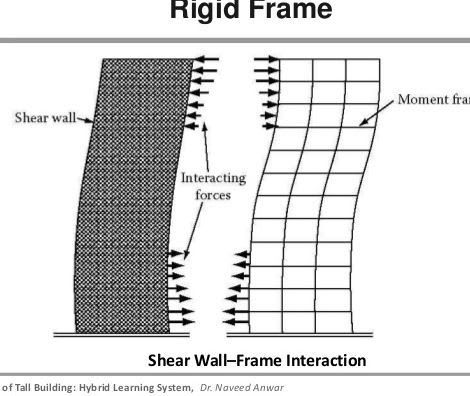PSR_1
Civil/Environmental
- Aug 9, 2016
- 56
There is this argument around where I work which goes ' since post tensioned slabs don't crack during service loads, slab stiffness for lateral load computation can go as high as 0.5(eurocode, although it doesn't say for slabs) times the gross stiffness'. I amn't convinced with this statement as the contribution of the slab stiffness for lateral load resistance might demand special detailing. For RC slabs a value close to zero is usually used and am okay with that. But, I want to know your thoughts and practice regarding post tensioned slabs.


